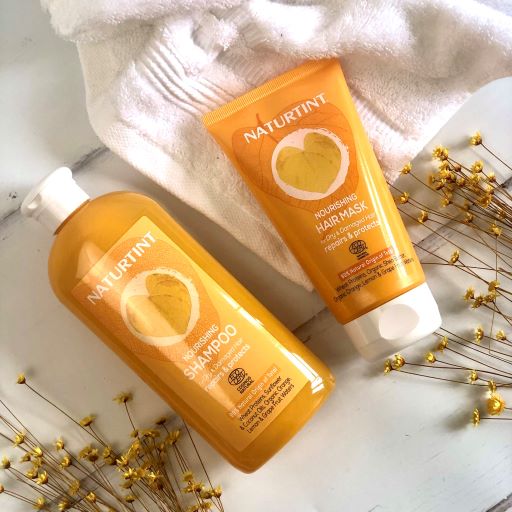Menopause & hair – getting to the root of the issue
October 26 2022 by: Jo M
For many of us, the end of our periods seems like something we should be able to look forward to. After all, who needs the monthly cramps, bad moods, spots, and cost of sanitary products?
So, we can’t help feeling it’s a little unfair that mother nature has one last cruel trick up her sleeve in the form of menopause.
It’s not even like it all ends quickly, either. We must work our way through years of being perimenopausal and that wonderful phase of life can bring a multitude of surprises, including low self-esteem, more spots, hot flushes, brain fog and, as if that wasn’t enough, thinning, dry, lacklustre hair.

Research suggests that the changes to our hair can be put down to hormonal imbalance. More specifically, the lowered production of oestrogen and progesterone, which help our hair grow faster and stay on our heads longer. And, when these levels drop, as they do naturally during perimenopause and menopause, it triggers an increase in the production of androgens – another type of hormone – which shrinks hair follicles, often resulting in hair loss.
Additionally, the reduction in oestrogen results in reduced sebum production, which normally lubricates the scalp. The result is dry skin and a flaky scalp. And, since that hydrating scalp oil isn’t there to work itself down your strands, hair is drier, duller, more brittle, and more prone to breakage.
This scalp dryness can lead to irritated, sensitive skin as tiny cracks can form, allowing irritants to get into the skin and cause inflammation. Plus, if you’re experiencing thinning, your scalp is more exposed to environmental aggressors such as UV rays and pollution, which can lead to more inflammation.
So, what can we do to help keep our hair as our crowning glory through these natural changes?
Well, Kerry, who runs our Naturtint helpline has shared her top tips for taking extra car of our hair during the perimenopause and menopause.

Top of her list is making sure you eat healthily and keep hydrated. “Eating a well-balanced diet, including grains, fruit and vegetables, is a good start. It’s important to include healthy oils too, such as olive and sesame oils, avocado and nuts such as walnuts and almonds, as essential fatty acids play an important part in maintaining hair health,’ she said.
“And we all know our bodies need to be hydrated to function properly. Try to drink water throughout the day, not just with meals.”
Another top tip Kerry recommends is stepping away from heat tools to style your hair. Straighteners, hair dryers, and curlers, can damage already weak hair, leading to breakage and split ends.
She added: “When choosing your shampoo and conditioner, look for products containing natural ingredients to nourish and protect your hair. It’s also a good idea to ensure the products you are using are also designed to hydrate your hair (dehydrated hair is more prone to breakage) and help the cuticles lie flat, locking that moisture in.”

Naturtint Nourishing Shampoo and Hair Mask are ideal for dry and damaged hair as they contain ingredients including hydrolysed wheat proteins that penetrate deeply into the hair fibre, to repair and restructure the keratin building block of the hair.

Also consider using a leave-in treatment such as the Anti-Ageing CC Cream that uses natural ingredients such as baobab extract and sunflower floral water to protect the hair from heat, UV and pollution, so that hair looks and feels younger and softer.
And, if you’re colouring your hair at home (with Naturtint of course!), think about how you apply it in terms of maintaining good hair condition. Tempting as it may be just to apply the colour all over when your roots start to show, this means that the mid-lengths, and in particular the ends of your hair, will be coloured over and over again.
Each colouring process opens the cuticles to deposit colour inside the hair fibre. Over time, if the cuticles are lifted repeatedly, they will stop lying flat, and you’ll lose your hair’s natural glossiness. As well as damaging the cuticle and ultimately the hair structure, which will lead to breakage and lifeless hair, if the cuticle is left open the colour can leach from the hair so your colour will fade quicker.
So, when you come to your next colour application, just apply to the root regrowth for 30-40 minutes and only apply to the mid-lengths and ends if the colour needs refreshing, just for the final 5 minutes of development time. Previously coloured hair takes up colour really easily, so it doesn’t need any longer and you should aim to only refresh the lengths every third or fourth application.